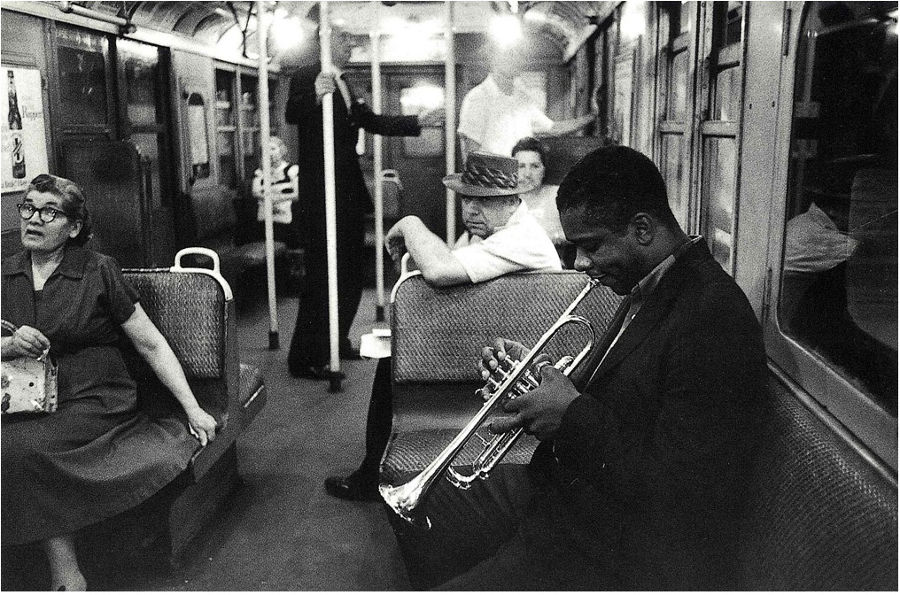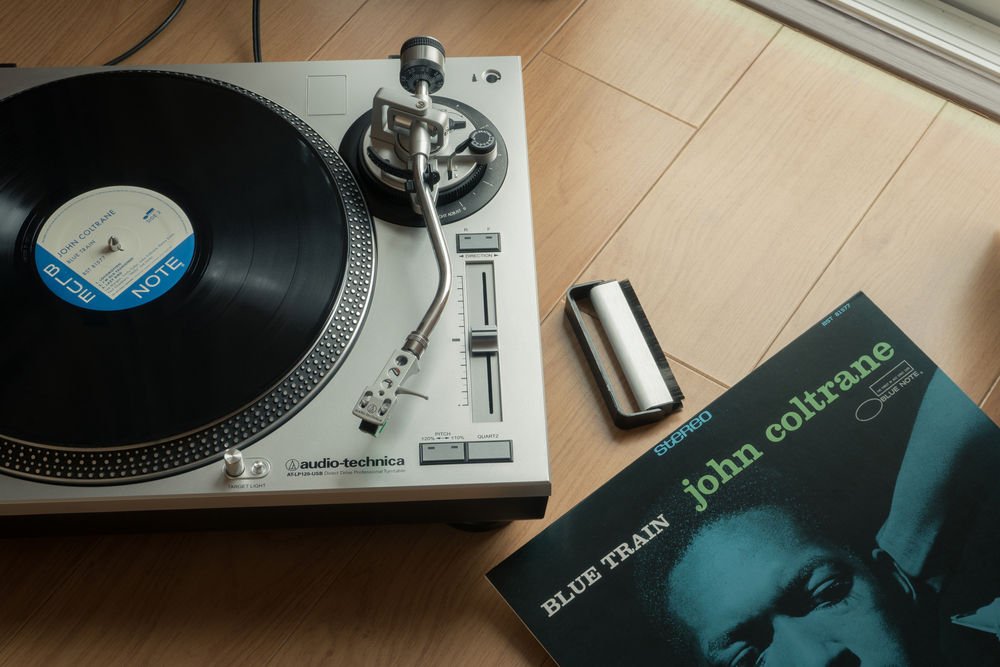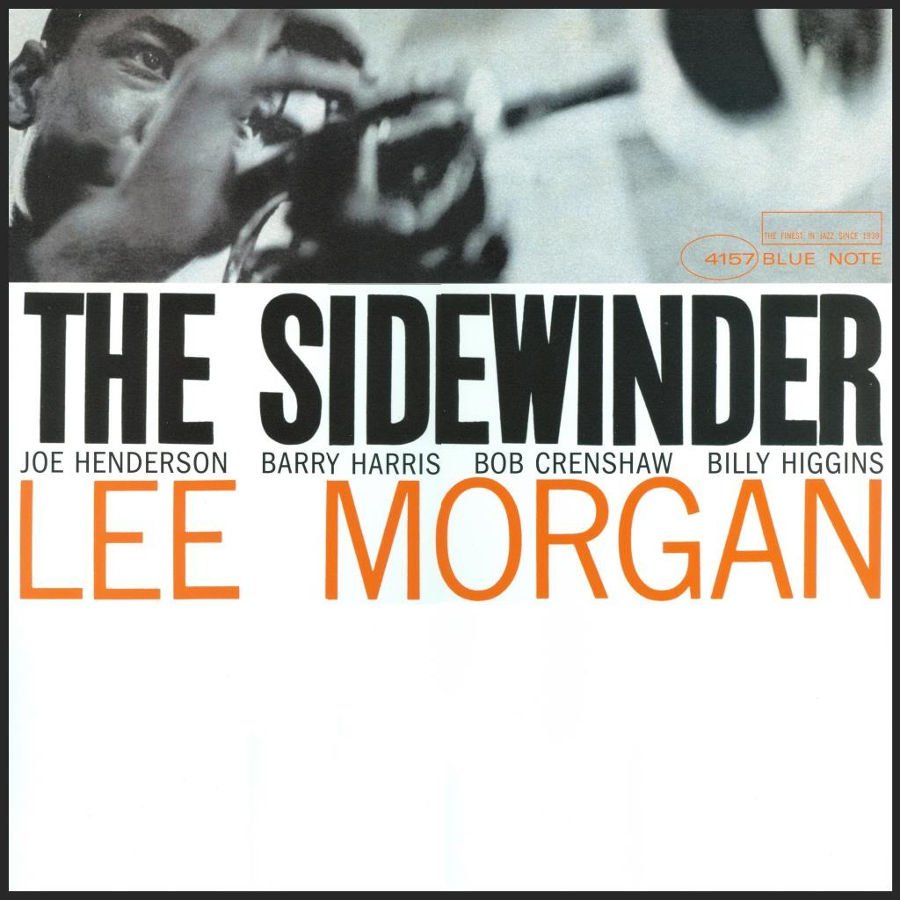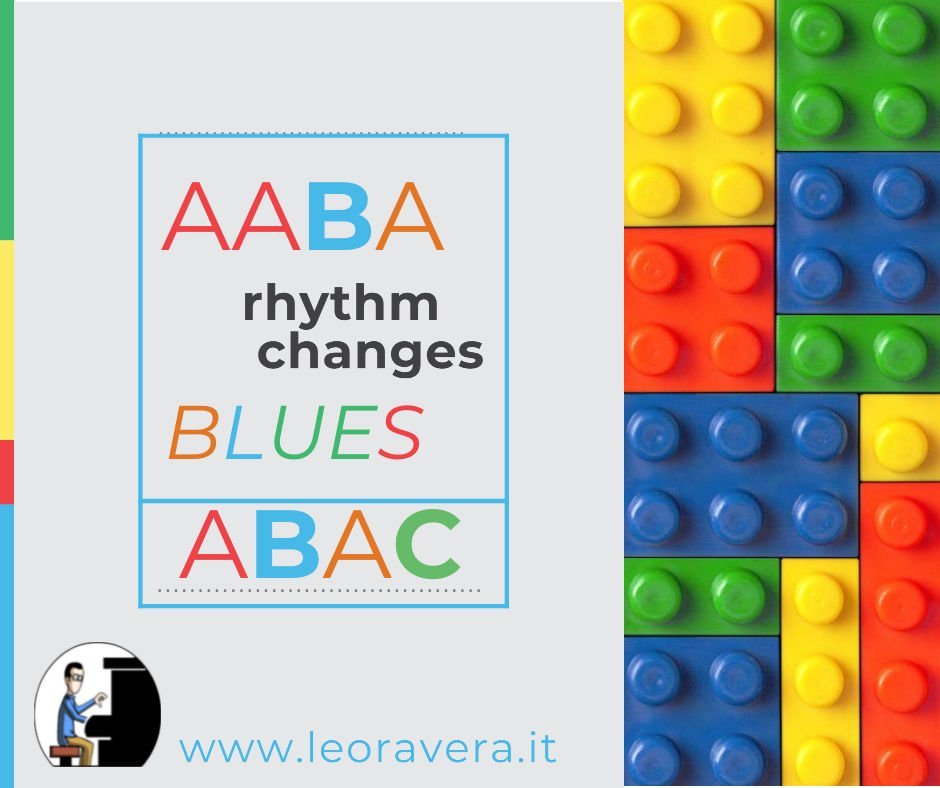[Monday Notes no.54] Donald Byrd was one of the most important trumpet players of the hard bop period. In his composition Ghana, the trumpeter leads the most typical of ensembles, the jazz quintet consisting of trumpet, saxophone and rhythm section.Continue readingDonald Byrd, Ghana. A classic hard bop piece.
Tag: jazz
[Monday Notes no. 53] My Funny Valentine is a song by Richard Rodgers and Lorenz Hart. Chet Baker, Frank Sinatra and Sarah Vaughan have made particularly memorable interpretations of it. The song is a great jazz classic and is composed in a very special way. Let’s try to unveil the secret of its creation.Continue readingMy Funny Valentine, Sarah Vaughan. Melody first.
[Monday Notes No. 51] Tenor Madness is the most classic of blues, the piece that beginners play in jam sessions. In this performance we hear an amazing duet between Sonny Rollins and John Coltrane.Continue readingSonny Rollins and John Coltrane, Tenor Madness. Dialogue of giants
[Monday’s Note No. 49] Take Five is one of the few pieces in the jazz repertoire to have the unusual time of 5/4, hence the double meaning of the title, which in English means “taking five minutes off” but also hints at the rhythmic tempo of the piece.Continue readingDave Brubeck and Paul Desmond, Take Five. An unexpected success
[Monday Notes no. 47] Eighteen months after taking part in the recording of the famous album Kind Of Blue, John Coltrane recorded My Favorite Things and continued in the direction of that first journey led by Miles Davis: modal jazz. Unlike Davis, John Coltrane does not compose original pieces but interprets and transforms the beloved…Continue readingMy Favorite Things, John Coltrane and the good old jazz standards
[Monday Notes no.46] The most famous work of Spanish composer Joaquin Rodrigo, the Concierto de Aranjuez has also been much appreciated by jazz musicians. I have analysed Jim Hall’s beautiful interpretation.Continue readingJim Hall, Concierto de Aranjuez. Jazz meets Spanish music
[Monday Notes No 41] Many Blue Note records of the 1960s opened with a catchy tune: funky, soul or Latin sounding. The intention of the label was to contrast the spread of Rock, showing that Jazz could also be fun and easy listening music. Lee Morgan’s The Sidewinder follows this trend.Continue readingLee Morgan, The Sidewinder. How to build a jazz solo
[Monday Notes No 38] Carlo Alberto Rossi wrote over six hundred songs during his long and successful career. His name is associated with that of Mina, who made some of his songs famous, such as E se domani, Amore baciami, Le mille bolle blu.Continue readingThe music of Carlo Alberto Rossi, A chi darai i tuoi baci
[Monday Notes No 37] Autumn Leaves entered the jazz repertoire rather late, the original French version dates from 1946, while the English version became established in the mid-1950s. In this respect, Autumn Leaves is a young standard, in fact most of the jazz repertoire dates back to at least the 1940s, if not earlier.Continue readingCannonball Adderley, Autumn Leaves. A jazz standard from France
Songs in general, and jazz standards in particular, tend to repeat patterns and repetitive harmonic successions. It is important to understand well how these chord successions are organised and the structure of the songs as a whole. You will then be able to play more relaxed, and consequently more creatively. In this lesson we will…Continue readingForm in pop songs and jazz standards









